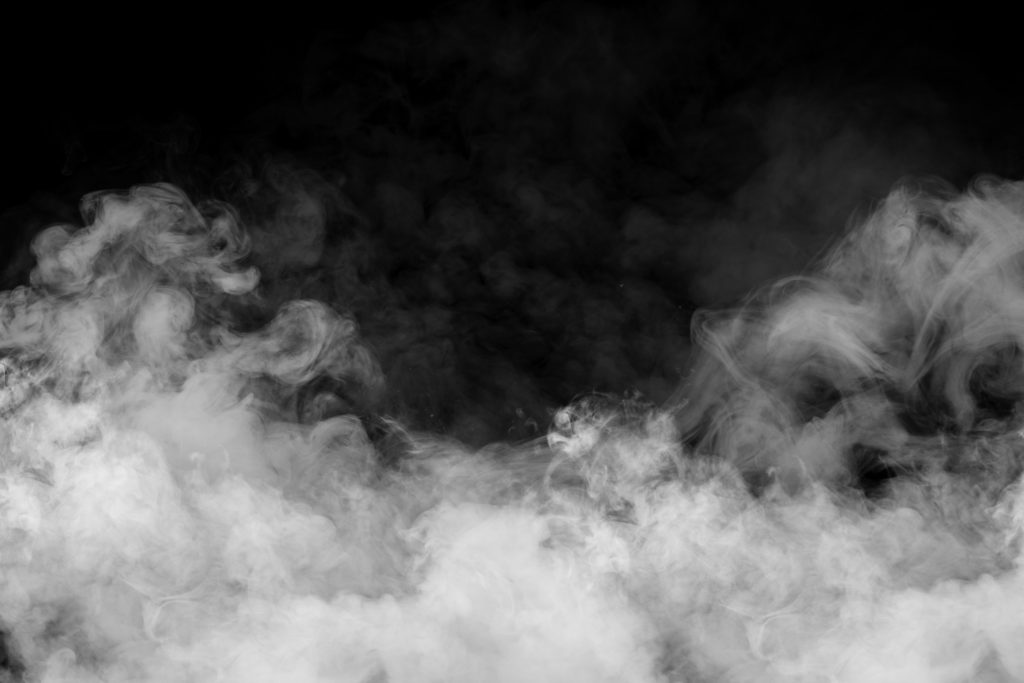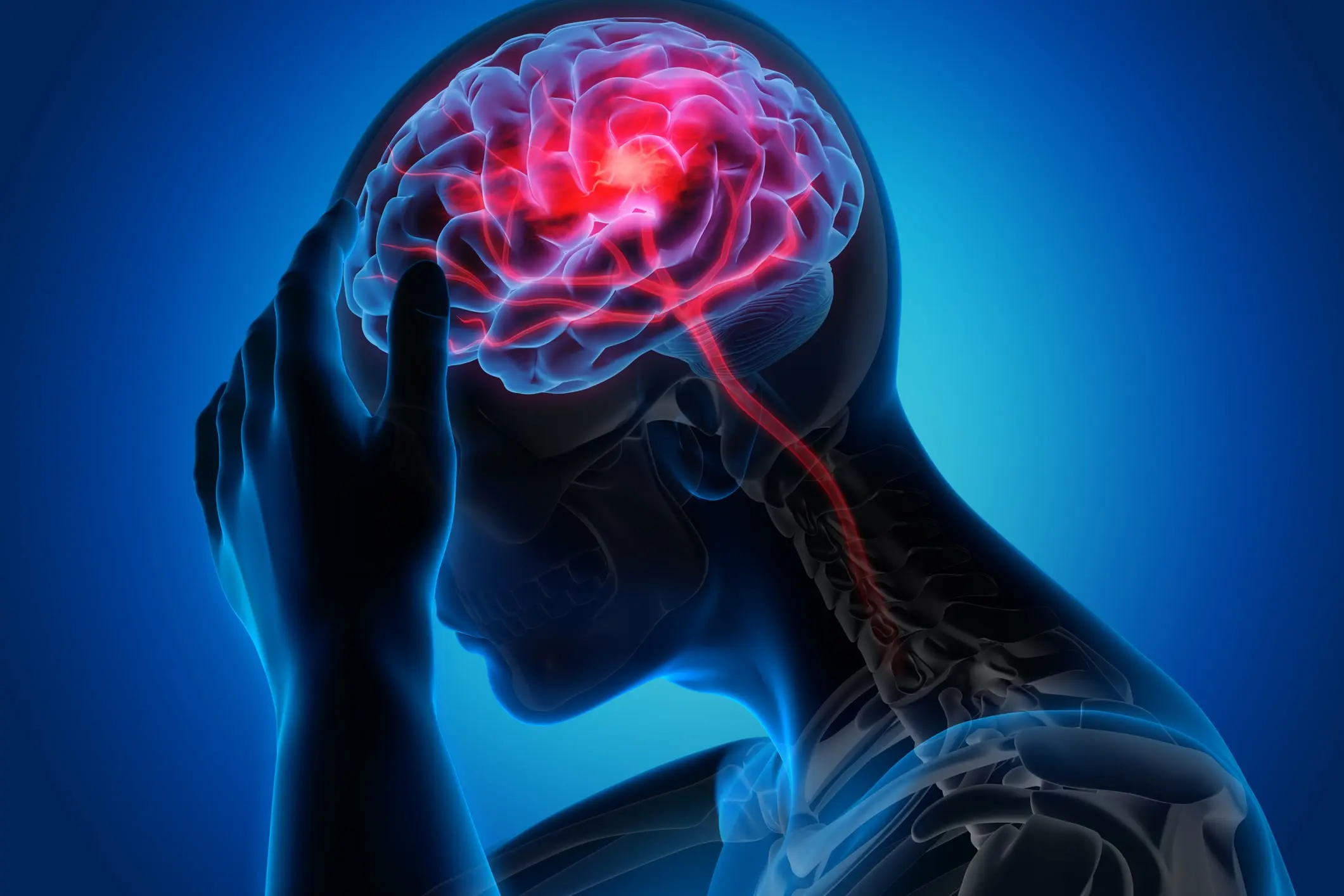Heroin, a highly addictive opioid drug, has far-reaching effects that extend beyond the individual user. Its impact can be felt across society, from the immediate family to the broader community. To effectively address the heroin epidemic, it is crucial to understand the drug from various perspectives, including its sensory characteristics, the profound consequences it has on individuals, and its wider societal implications.
What does heroin smell like?
In addition to its distinctive smell, heroin also has specific visual and taste characteristics that can aid in its identification. Knowing what heroin looks like and what heroin tastes like is crucial for recognizing the drug and preventing its use. This knowledge is especially important for parents, as a parent’s guide to drug smells and tastes can help them protect their children from the dangers of heroin and other illicit substances.
- Appearance: Heroin’s appearance can vary depending on its form and purity. Pure heroin is typically a white, powdery substance, while less pure forms can range in color from off-white to brown. Black tar heroin, as the name suggests, is a dark, sticky substance that resembles roofing tar. Knowing what heroin looks like in its various forms is essential for identifying the drug.
- Taste: The taste of heroin is often described as bitter and slightly acidic. The taste can be masked by additives or adulterants, making it more difficult to identify based on taste alone. It is important to note that tasting heroin is not a safe or recommended method of identification, as even small amounts can be dangerous or lethal.
- Combination of Senses: While the individual sensory characteristics of heroin can be helpful in identification, it is the combination of look, taste, and smell that provides the most accurate picture. By understanding how heroin looks, tastes, and smells, individuals can be better equipped to recognize the drug and take appropriate action.
Educating oneself and others about the sensory characteristics of heroin is an important step in preventing its use and addressing the ongoing opioid epidemic. Parents, in particular, can benefit from a guide to drug smells and tastes, as this knowledge can help them identify potential drug use among their children. By staying informed and vigilant, we can work together to combat the devastating impact of heroin on individuals, families, and communities.
The Scent of Heroin
The unique odor profile of heroin can offer valuable clues about its composition, purity, and even its origin. Understanding what heroin smells like and how this information is used in forensic investigations is really important for combating the illegal distribution and use of this highly addictive drug. Here are ways for profile heroin’s order:
- Variability in Scent: The smell of heroin can differ greatly. This variability is largely due to its chemical makeup and the presence of adulterants. Different substances mixed with heroin can alter its natural scent, making each batch’s odor unique. Knowing what different drugs smell like when mixed with heroin is important for forensic analysis.
- Forensic Importance: In forensic science, the scent of heroin is a pivotal factor for identification. Specialists can use the odor to help determine the drug’s purity and to identify the presence of potentially dangerous additives, such as fentanyl. A comprehensive guide to drug smells and odors is essential for forensic investigators.
- Odor Thresholds: Certain compounds within heroin have low odor detection thresholds, meaning they can be smelled at very low concentrations. This sensitivity to smell aids in the drug’s detection and analysis, providing a non-invasive means to assess its composition. Understanding the look, smell, and taste of heroin at various concentrations is crucial for accurate identification.
Knowing heroin’s scent extends beyond mere curiosity, serving as an essential tool in law enforcement and forensic investigations. It aids in identifying the drug, assessing its purity, and detecting dangerous adulterants. This complex interplay of chemistry and olfaction highlights the intricate nature of heroin and underscores the challenges faced in addressing its use and distribution. By deepening our knowledge of what heroin smells like and how this information is used in forensic settings, we can develop more effective strategies for preventing and combating heroin abuse.
Impact of Heroin's Legal Classification
Narcotics
Narcotics, a term often used interchangeably with opioids, refer to a class of drugs that includes both legal medications and illegal substances. Heroin, a highly addictive illegal drug, serves as a prime example of how the definition of narcotics can be understood from multiple perspectives. Examining the medical, legal, and social definitions of heroin provides valuable insights into the experiences of individuals struggling with addiction and the broader implications for drug policy and treatment.
- Medical Definition: From a medical perspective, narcotics are drugs that act on the nervous system to relieve pain and produce feelings of euphoria. Heroin, a semi-synthetic opioid, is known for its powerful pain-relieving properties. Its high potential for abuse and lack of accepted medical use in the United States has led to its classification as an illicit substance. Medical professionals must be aware of what heroin looks like and how to identify heroin to properly assess and treat patients who may be struggling with addiction.
- Legal Definition: Legally, narcotics are defined as drugs that are strictly regulated or prohibited due to their potential for abuse and addiction. In the United States, heroin is classified as a Schedule I controlled substance, meaning it has a high potential for abuse and no accepted medical use. Possessing, distributing, or manufacturing heroin is a criminal offense that carries severe legal consequences. Law enforcement agencies rely on knowledge of what different drugs smell like and their unique characteristics to identify and seize illegal narcotics.
- Social Definition: The social definition of narcotics, particularly heroin, is shaped by cultural attitudes, media portrayals, and public perceptions. Heroin use is often stigmatized and associated with criminal activity, poverty, and moral failing. This stigma can make it difficult for individuals struggling with heroin addiction to seek help and access treatment.
Understanding the medical, legal, and social definitions of narcotics, with heroin as a prime example, is crucial for developing effective policies and interventions to address the opioid epidemic. By recognizing the complexities of heroin addiction and the impact of these definitions on individuals and society, we can work towards a more comprehensive and humane approach to prevention, treatment, and harm reduction.
Quick Tip
What is Heroin?
Opioid addiction and Drug Abuse
- Neurological Basis of Addiction: Heroin’s influence on the brain’s reward system leads to significant changes in neurotransmitter activity, driving the compulsion to use despite harmful consequences. The neurological changes associated with heroin use can make it incredibly difficult for individuals to quit, even when faced with severe negative consequences.
- Sensory Triggers and Cravings: The brain’s reaction to drug-related odors reveals the sensory dimensions of addiction, where even smells associated with drug use can intensify cravings. For example, what heroin smells like can trigger powerful cravings in individuals struggling with addiction.
- Personal Toll: On an individual level, heroin addiction devastates physical health, mental well-being, and social connections, leading to a cascade of personal crises. The effects of heroin on the body can be severe, including increased risk of infectious diseases, organ damage, and overdose. The mental health consequences of heroin addiction, such as depression and anxiety, can further compound the challenges faced by individuals struggling with substance abuse.
- Societal Consequences: Beyond the individual, heroin abuse exerts a profound societal impact, straining healthcare systems, impacting productivity, and contributing to social instability. The opioid epidemic has placed a significant burden on healthcare resources, law enforcement, and social services.
- Urgent Need for Interventions: The widespread issues created by heroin and opioid abuse underscore the urgent need for comprehensive, compassionate intervention strategies that address both the symptoms and the root causes of addiction. Effective interventions must consider the neurological, personal, and societal aspects of addiction, providing evidence-based treatments, support services, and prevention programs.
How can I tell if herion is being smoked?
How can I tell if herion is being smoked?
What do I do if a friend or a loved one is smoking herion?
If you suspect a friend or loved one is smoking heroin, it’s crucial to approach the situation with care and seek professional help. Heroin addiction can have severe consequences, including financial, legal, and health problems, as well as the risk of overdose and death. Look out for signs such as needle marks, mood changes, and social withdrawal, and don’t hesitate to reach out to addiction specialists who can provide the necessary support and resources to help your loved one on the path to recovery.
Overdose
Heroin overdose is a dire emergency, with the potential for fatal outcomes if not promptly and properly addressed. Having a true understanding of the risks, recognizing the symptoms, and knowing the appropriate emergency responses are essential for saving lives and managing the broader challenge of addiction. The increasing prevalence of heroin overdoses underscores the need for widespread education and preparedness among users, their families, and communities.
- Risks of Overdose: Factors increasing the risk of heroin overdose include high-purity heroin, use after a period of abstinence, and combining heroin with other substances, such as alcohol or benzodiazepines. Educating users about the risks of overdose and the importance of using harm reduction strategies, such as testing the strength of the drug and avoiding mixing substances, can help prevent tragic outcomes.
- Symptoms to Watch For: Symptoms of a heroin overdose include shallow breathing, pinpoint pupils, unconsciousness, and blue lips or fingernails, indicating insufficient oxygen. It is important for individuals who use heroin or have loved ones who do to familiarize themselves with what an overdose looks like and the specific symptoms associated with heroin overdose. Knowing what to look for, people can quickly identify an emergency and take appropriate intervention steps.
- Emergency Responses: Immediate action can save lives. This includes calling emergency services, administering naloxone (a drug that can reverse the effects of opioid overdose), and ensuring the person has an adequate airway and breathing until help arrives. Naloxone, also known by the brand name Narcan, is a crucial tool in the fight against heroin overdose deaths. It is essential for individuals who use heroin, as well as their friends and family members, to have access to naloxone and know how to administer Narcan in the event of an overdose. Many communities offer training programs and distribute naloxone kits to help prevent overdose fatalities.
Addressing the challenge of heroin overdose requires a multi-faceted approach that includes education, timely medical intervention, and ongoing support for those struggling with addiction. By increasing awareness and accessibility of life-saving measures like naloxone, alongside broader efforts to treat and prevent heroin addiction, we can reduce the incidence and fatality of overdoses, offering hope and a path forward for individuals and communities affected by this crisis.
Get Help for Substance Abuse at Cornerstone
We offer a wide range of treatment for mental health and substance abuse conditions. Begin your journey to recovery today!
Withdrawal and Heroin addiction treatment
Tackling heroin overdose and navigating the arduous journey of withdrawal and treatment presents a formidable challenge, both for individuals caught in the grips of addiction and for the communities and healthcare providers supporting them. Equally, understanding and managing the withdrawal symptoms associated with ceasing heroin use are critical steps on the path to recovery. With insights from research into the psychophysiological effects of addiction, withdrawal, and the efficacy of various treatment modalities, there’s a foundation for hope and a blueprint for effective intervention and recovery strategies.
- Immediate Overdose Response: Recognize symptoms like shallow breathing and unconsciousness; administer naloxone if available; call emergency services. Knowing what heroin looks like and the signs of an overdose is crucial for swift intervention. Naloxone, also known as Narcan, is a life-saving medication that can reverse the effects of an opioid overdose. Learning how to administer Narcan and having it readily available can make the difference between life and death in an overdose situation.
- Withdrawal: Be prepared for symptoms ranging from physical discomfort like nausea and sweating to psychological challenges such as anxiety and cravings. Heroin withdrawal can be an extremely intense and uncomfortable process, but understanding what to expect during heroin withdrawal can help individuals better prepare for the journey ahead. Seeking medical supervision during withdrawal can help manage symptoms and reduce the risk of relapse. Medications like methadone and buprenorphine can be used to alleviate withdrawal symptoms and support long-term recovery.
- Comprehensive Treatment Approach: Utilize a combination of medication-assisted treatment (MAT) and therapeutic interventions, supported by evidence-based research, to address both the physiological and psychological facets of addiction. MAT, which involves the use of medications like methadone, buprenorphine, or naltrexone, is effective in reducing heroin use and improving treatment retention. Combining MAT with behavioral therapies, such as cognitive-behavioral therapy (CBT) and contingency management, can help individuals develop coping skills, address underlying mental health issues, and build a strong foundation for long-term recovery.
Addressing heroin overdose and withdrawal requires a multifaceted approach, blending immediate medical interventions with long-term treatment strategies. The road to recovery from heroin addiction is fraught with challenges, but with the right support and resources, it is a journey that many have successfully navigated. By continuing to advance our understanding of addiction and refining our treatment approaches, we can offer more effective support to those looking to break free from the cycle of heroin dependence. The collective efforts of healthcare professionals, researchers, and communities are vital in turning the tide against this devastating epidemic, providing hope and a path forward for individuals and families affected by heroin addiction.
Key Takeaways
- Key Takeaways
- Black tar heroin has a distinctive and unpleasant odor when smoked, often described as a strong, sweet vinegar-like smell.
- Recognizing the distinctive smell of smoking heroin can help identify drug use, as the odor is a clear indicator that someone is consuming the substance.
- Complexity of Opioid Addiction: The intricacies of opioid addiction, particularly heroin, by examining how addiction develops, its neurological effects on the brain, and the sensory aspects of drug use, such as what heroin smells like, which can trigger cravings and perpetuate the cycle of addiction.
- Withdrawal Symptoms and Treatment: Understanding what to expect during heroin withdrawal, as this knowledge is important for navigating the challenges of quitting and achieving lasting recovery. It also explores various medical and therapeutic treatment approaches, such as medication-assisted treatment and behavioral therapies, which can effectively support individuals throughout the recovery process.
How Can We Help
The many-sided aspects of heroin, from its distinct smell to the profound challenges of overdose and withdrawal—it’s clear that understanding and addressing heroin and opioid addiction requires more than just knowledge; it demands action. The opioid crisis continues to affect lives and communities across the globe, making it imperative that we engage in open dialogue, implement timely interventions, and pursue comprehensive treatment solutions.
At Cornerstone Healing Center, we are dedicated to offering support and effective treatment options for those struggling with addiction. Our experienced team of healthcare professionals understands what heroin looks like, what heroin smells like, and the devastating impact it can have on individuals and families. Our comprehensive treatment approach takes into account the unique challenges of heroin addiction, including the physical and psychological symptoms of withdrawal. We provide a safe and supportive environment where individuals can navigate what to expect during heroin withdrawal, with medical supervision and evidence-based interventions to manage symptoms and reduce the risk of relapse.
If you or someone you know is battling heroin or opioid addiction, we encourage you to reach out to us. Together, we can navigate the path to recovery, leveraging our expertise and compassionate care to make a real difference in the lives of those affected by this crisis. Remember, understanding is the first step, but taking action toward recovery can transform lives.







